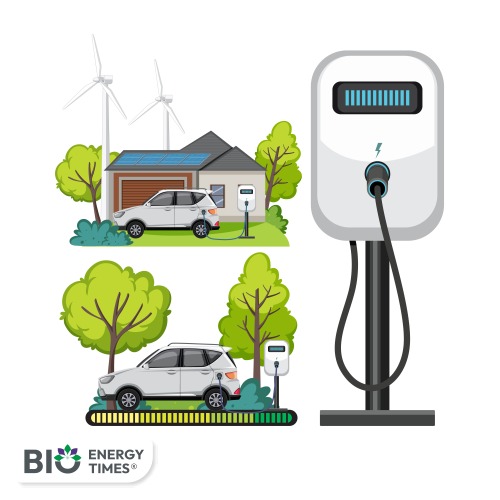The prices of electric vehicles (EVs), wind turbines, and semiconductor components are expected to rise following the latest trade escalation between the United States and China, according to a report by the Global Trade Research Initiative (GTRI).
On October 10, 2025, U.S. President Donald Trump announced a new 100% tariff on Chinese imports, set to take effect on November 1, 2025. This move will increase the total tariff rate on Chinese goods to approximately 130%, marking a significant intensification in the ongoing trade tensions between the two countries, which began in 2018.
GTRI noted that the effects of this decision will be felt swiftly, with higher prices expected for EVs, wind turbines, and semiconductor parts. The U.S. is also likely to shift its mineral supply chains, seeking new partnerships with countries such as Australia, Vietnam, and Canada, while China may redirect supplies to its non-Western allies to reinforce alternative industrial networks.
The new tariffs come in response to China’s recent export controls on rare earth minerals, which are critical to U.S. industries such as defense, electric vehicles, and clean energy. These minerals have become a point of strategic importance for the U.S., and GTRI suggests that Washington may soon have no choice but to strike a new deal with Beijing to ensure access to these essential resources. The report also pointed out that while the U.S. often acts quickly without fully considering the economic consequences, China tends to be more strategic and better prepared in its approach.
According to the GTRI, the U.S. still relies heavily on China for a wide range of products, including electronics, textiles, footwear, white goods, and solar panels, which leaves the country vulnerable to Chinese retaliation. As the new tariffs take effect and prices begin to rise, President Trump could face challenges in managing inflation and production costs, potentially undermining his broader economic agenda.
The GTRI report also highlighted that the U.S.-China “Phase One” trade deal of 2025, which had set tariffs at 30% for the U.S. and 10% for China, has already been overshadowed by the new 100% tariff order.
For India, the report emphasized that no trade agreement with the U.S. is ever final. It suggested that New Delhi must approach negotiations with caution, ensuring reciprocity and preserving its strategic autonomy. Rather than relying on shifting promises from the U.S., India should focus on building self-reliance in critical technologies and minerals, which would help insulate its economy from future trade disruptions. Additionally, this approach would allow India to strengthen its position by leveraging its neutral stance to build stronger ties with both Western and BRICS nations.
















